Reaching the peak of Mount Everest is a dream world-class mountain climbers and thriller seekers attempt each year.
Yet, in recent years, the peak has been turned into a lucrative business. Unfortunately, this brings with it lots of trash and long queues of people waiting at the top to get the ultimate selfie.
One of Histories Greatest Moments
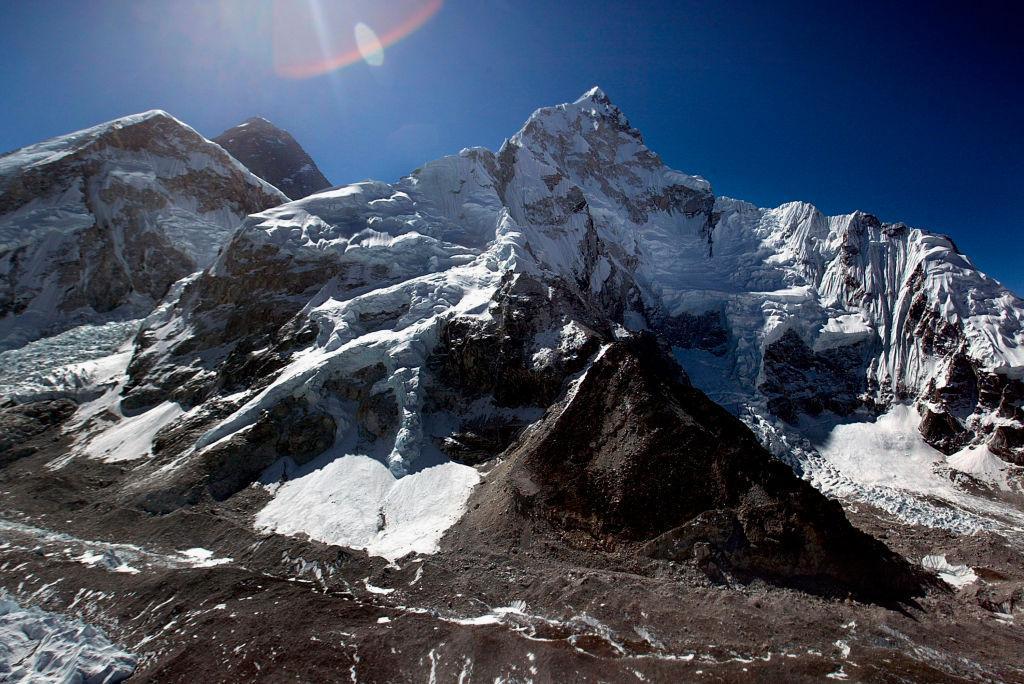
Over seventy years ago, two mountain climbers would make history by accomplishing what many deemed impossible.
Edmund Hillary and Tenzing Norgay were the first to summit Mount Everest, the highest altitude above sea level in the world. Since then, it has become a popular tourist destination for Westerners.
Popularity Increases With Each Passing Year
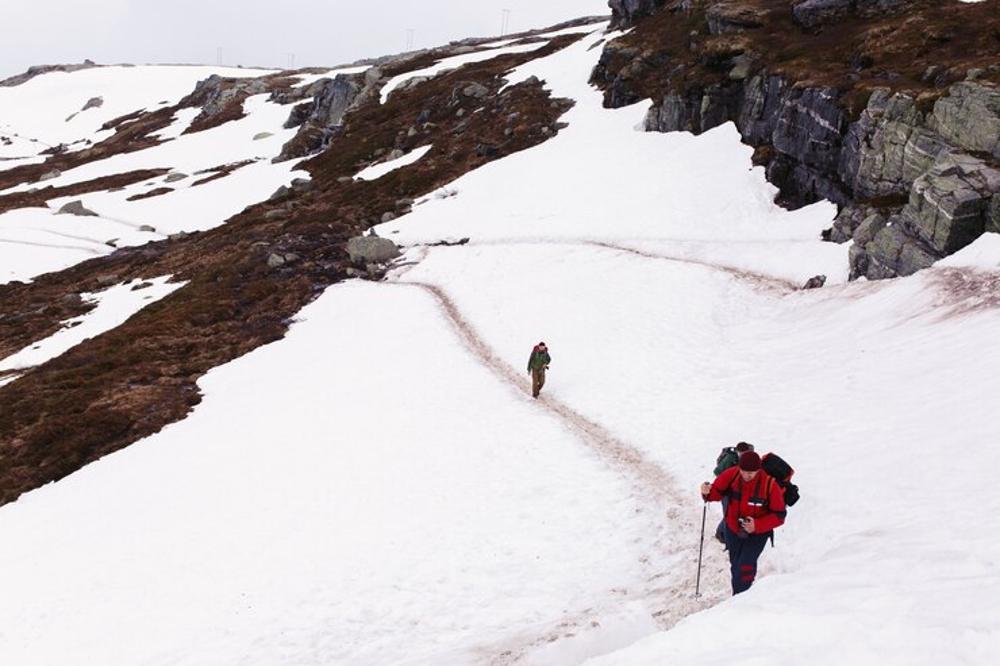
With each passing year, the peak of Mount Everest becomes incessantly more popular among thrill seekers and adventures.
While an earthquake in 2015 and the COVID-19 pandemic certainly slowed things down, activity on the mountain has reached an all-time high due to advances in mountaineering equipment.
Everest Becomes A Lucrative Business

Observing the popularity of the icy peak, various people have begun to notice the potential to create a lucrative business centered at Mt Everest.
Reports have suggested that Westerners are willing to fork out large sums of cash ranging from $10,000 to $100,000 just to climb to the summit.
Congestion Above the Clouds
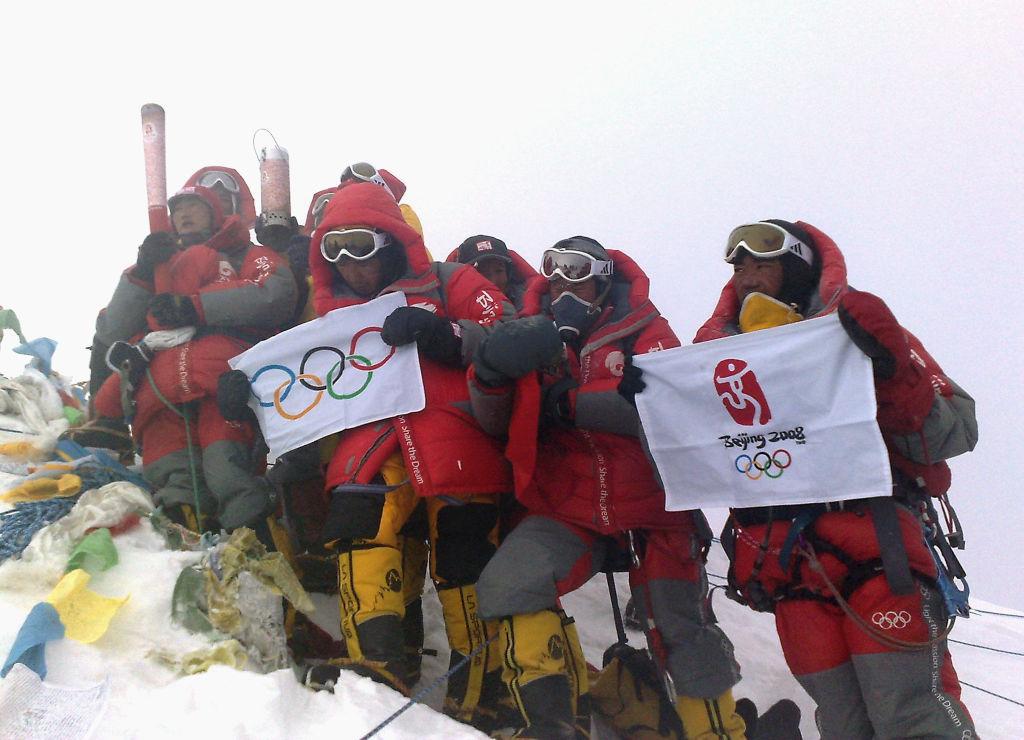
The increasing number of climbers trying to summit the Great Mountain has resulted in immense congestion at the peak.
Those who are forced to wait at the summit are fraught with danger, including exhaustion, dehydration, and the possibility of death in some cases. In May 2019, 11 people were killed on the mountain.
The World’s Highest Garbage Dump
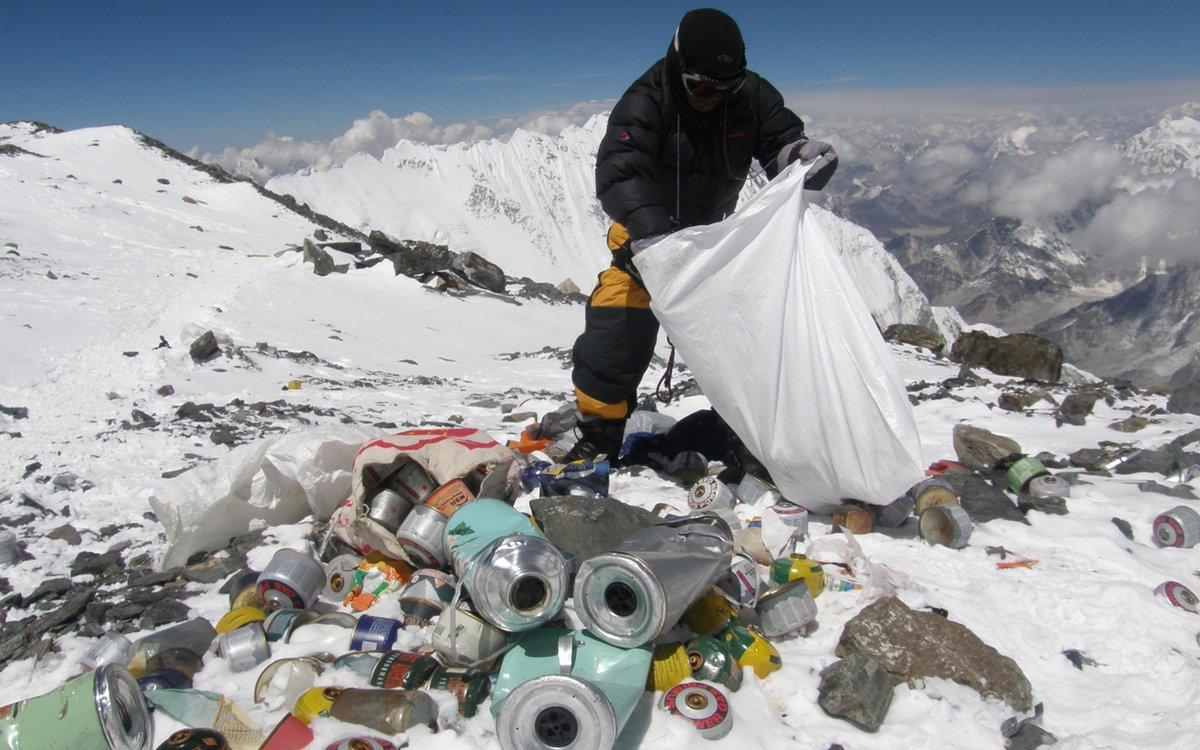
While the climb comes with numerous dangers, the crowds unfortunately bring a horde of trash that often gets left behind on the mountain.
According to those who have reached the summit, its so overcrowded and full of trash that many who return now refer to it as the “worlds highest garbage dump.”
Sagarmatha National Park
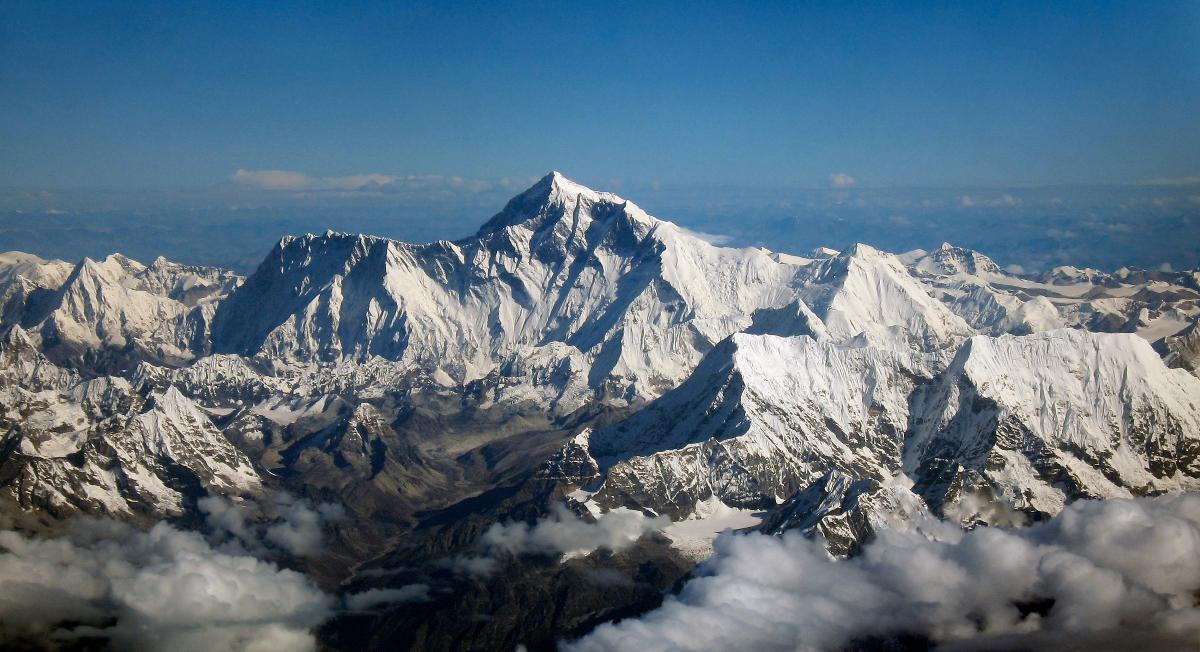
Mt Everest’s increased popularity led to the creation of Sagarmatha National Park in 1976 in an attempt to protect the mountain and its surrounding wildlife.
It became a United Nations Educational, Scientific, and Cultural Organization (UNESCO) World Heritage site in 1979. The Park receives over 100,00 visitors per year, all of whom leave a strain on the natural environment.
Problems Surrounding the Sagarmatha Park
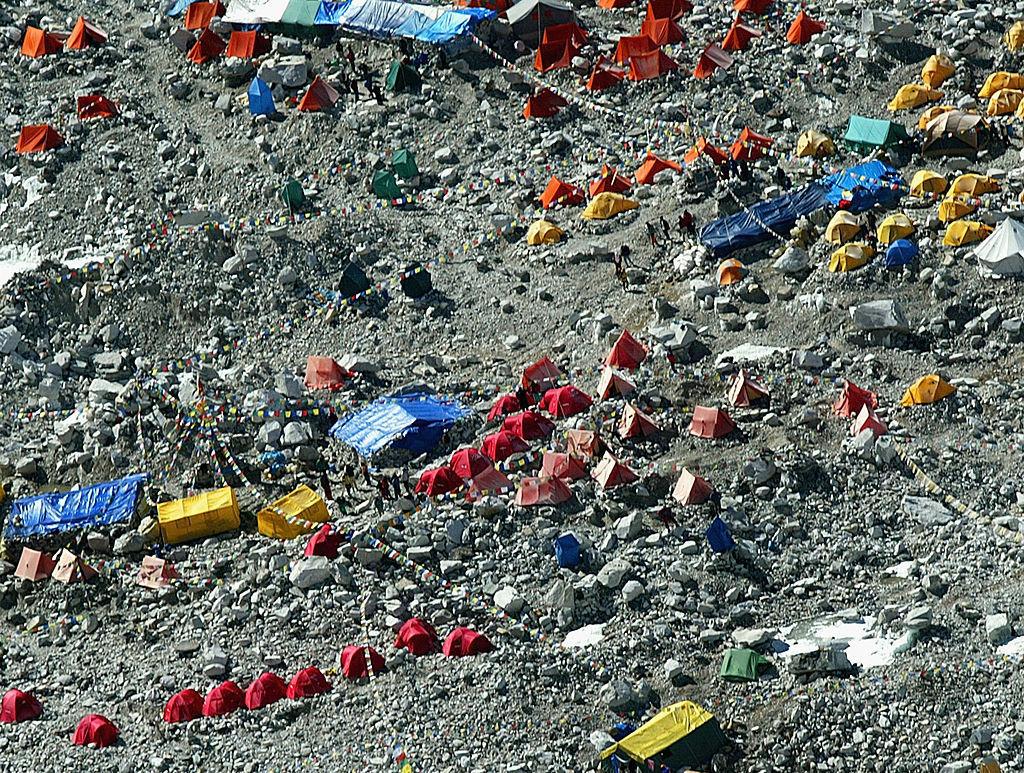
Deforestation plagues the local region, as many of the trees are cut down to be used in the construction of lodges and firewood.
During the height of the climbing season, as many as 500 people go through the park each day on their way to the Base Camp Hike. But the biggest threat to the local environment is the mountain itself.
Overcrowded and Dangerous

Around 600 people will attempt to summit Mount Everest every climbing season during the correct weather conditions, which only around two per year.
Unfortunately, this leads to the summit being extremely overcrowded. Climbers wait for hours in line in freezing conditions. They walk in single file over the Hillary Step before they reach the summit, where there’s barely any room to stand because of overcrowding.
A Plague on the Environment
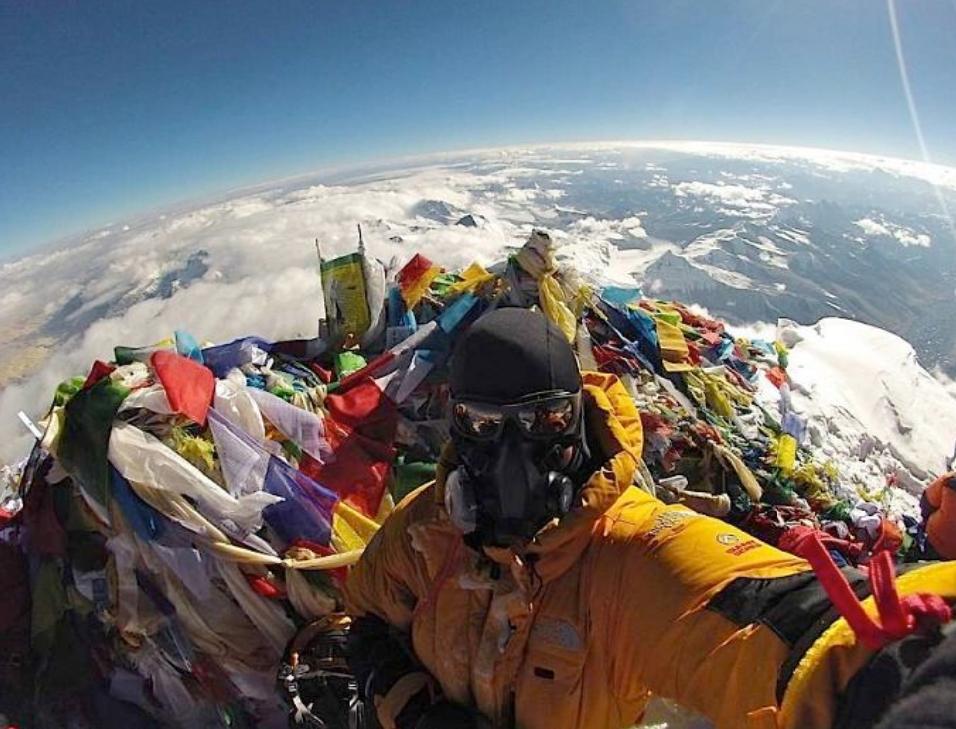
Before the hike to the summit, many of the tourists will spend weeks on the mountain adjusting to the altitude at a series of camps before trying to reach the peak.
During this time, an individual will generate around eight kilograms or 18 pounds of trash, most of which gets left on the mountain. The slopes are littered with abounded tents, food containers, oxygen canisters, and even human feces.
Effects on the Local Communities
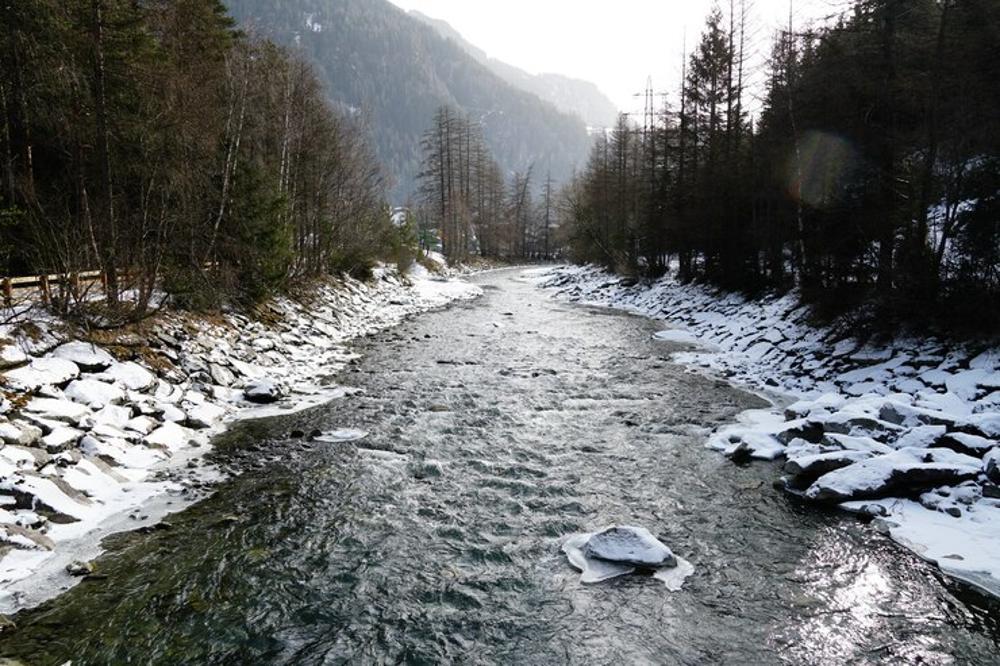
The trash has begun to take a toll on the local communities, as thousands of people depend on the Sagarmatha National Park watershed as their water source. The region has no waste management or sanitation facilities, so sewage and garbage are left to rot in large pits outside of local villages.
Unfortunately, this leads to the trash being washed into the waterways during monsoon season. Now, the watershed has become so contained that it could pose a severe risk to the health of the local people.
What Goes Up, Must Come Down
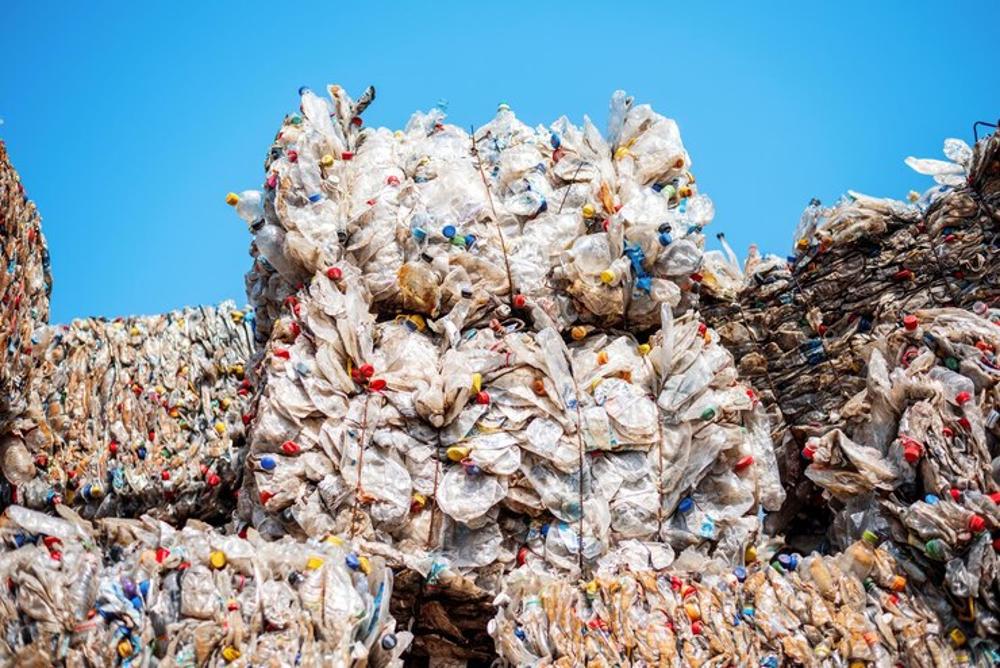
Governments and nongovernmental organizations (NGOs) are constantly trying to improve the situation and clean up the mess on Mount Everest.
In 2019, the Nepali government launched a campaign to clear over 10,000 kilograms or 22,000 pounds of trash from the mountain.
